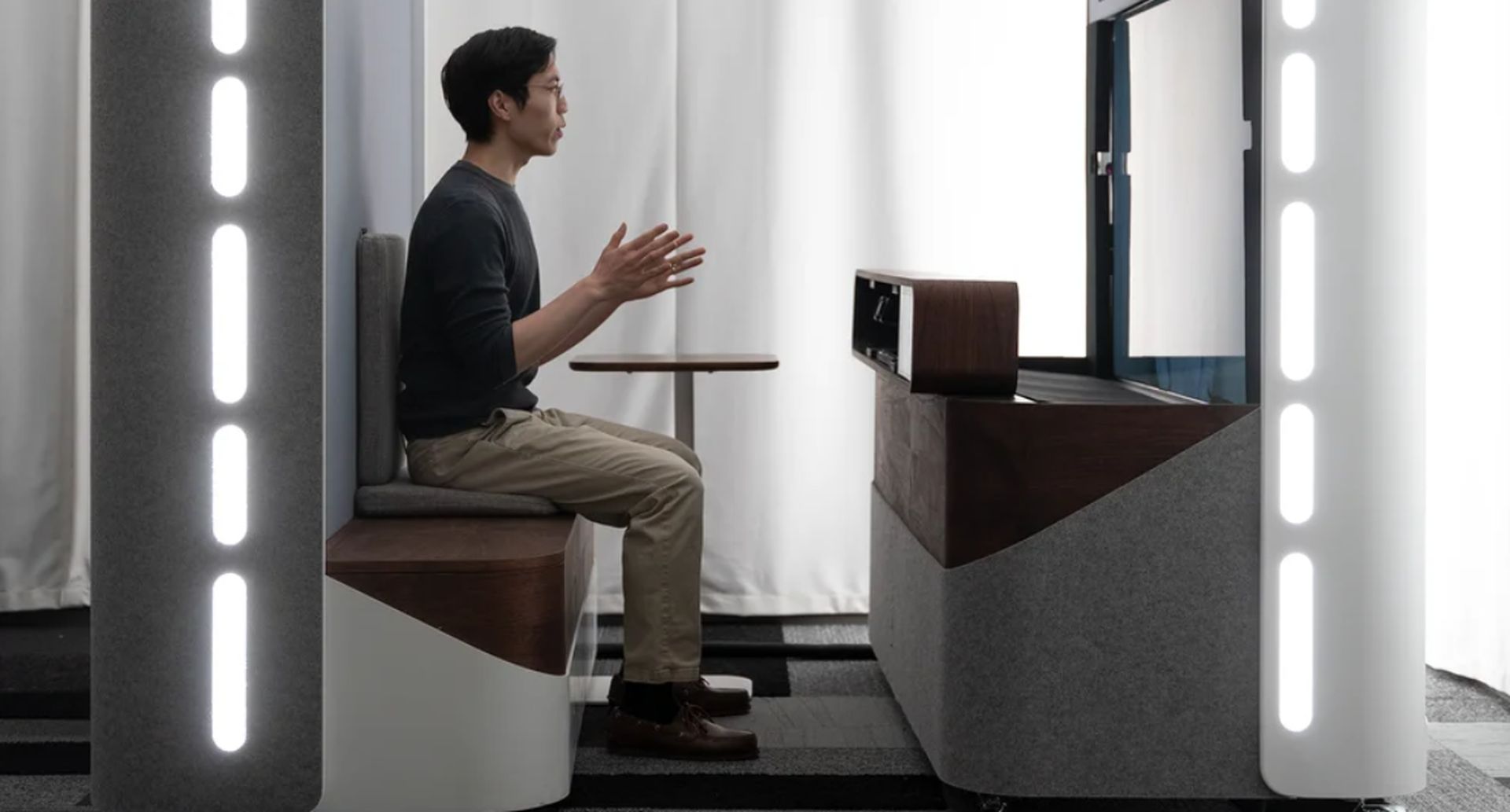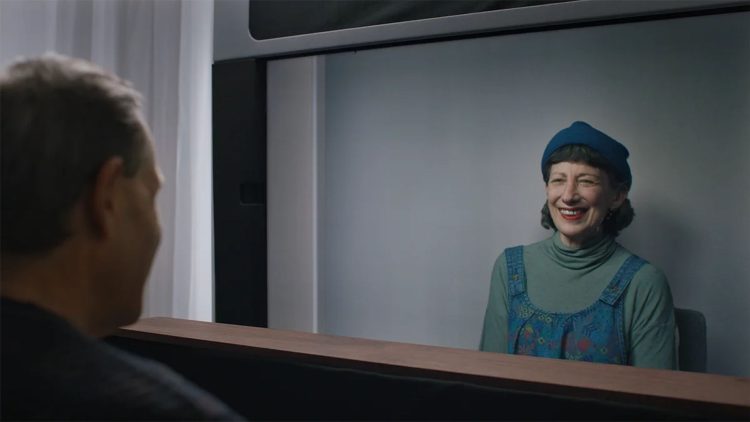Tech giant Google is taking virtual meetings to a whole new level with its 3D video chat technology, Project Starline.
In a recent blog post, the company announced it will develop this technology in partnership with HP and plans to integrate it into platforms such as Zoom and Google Meet.
According to Alex Cho, HP’s head of personal systems, the partnership aims to use artificial intelligence to further develop Project Starline and bring it to a wider audience.
So what exactly is Project Starline, and what will it offer us? Here’s all we know…
What is Project Starline?
Introduced by Google in 2021, Project Starline is a groundbreaking communication technology that makes you feel like you are in the same room with people far away. Using holograms and 3D images makes virtual meetings more realistic and immersive.

Imagine you can chat with your loved ones or colleagues as if they were right next to you. You can see their facial expressions, gestures, and even the twinkles in their eyes. Thanks to this technology, distance is no longer a barrier.
Project Starline is shaping the future of communication. Who knows, maybe in the future, we will all use this technology to communicate with our loved ones more often and more meaningfully. Maybe our business meetings will become more productive and enjoyable. Maybe we will even be able to communicate with our doctors more personally and reliably, allowing us to utilize healthcare services better.
What can be done with Project Starline?
Although Project Starline was first designed as a large cabin, it has now become a large-screen device that can be more easily integrated into offices and conference rooms. With this technology, virtual meetings are now a much more realistic and interactive experience.
With high-quality, lag-free streaming, participants will feel like they are in the same room. You can also perceive the other person’s body language in real-time.

On the other hand, Google’s research shows that Project Starline is much more successful than traditional video conferencing methods. Of course, we don’t know how true this is. Thanks to Project Starline, participants say they feel more mobile, interactive, and less tired.
Project Starline makes important conversations, such as performance evaluations and interviews, which are common in the business world, easier and more enjoyable. However, as this technology becomes more widespread, some questions arise. Will Project Starline maintain its appeal in the long run? Time will tell, but it is clear that Google is shaping the future of virtual meetings with Project Starline.
Featured image credit: Google





